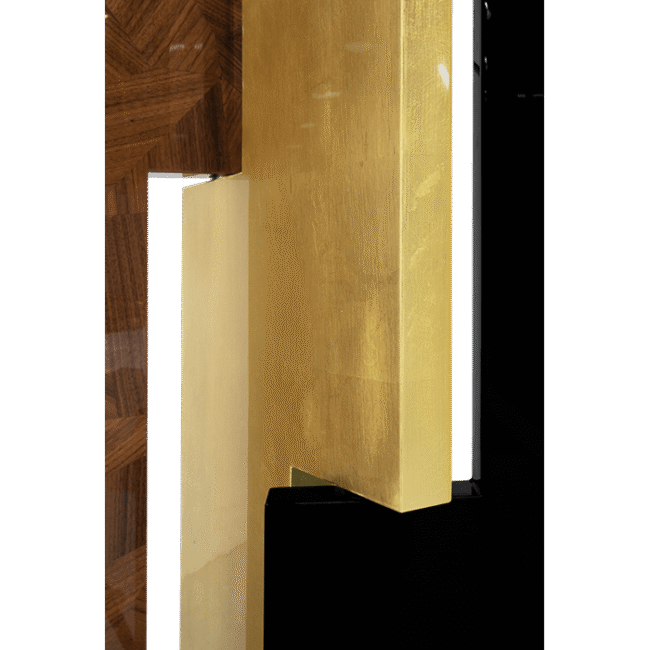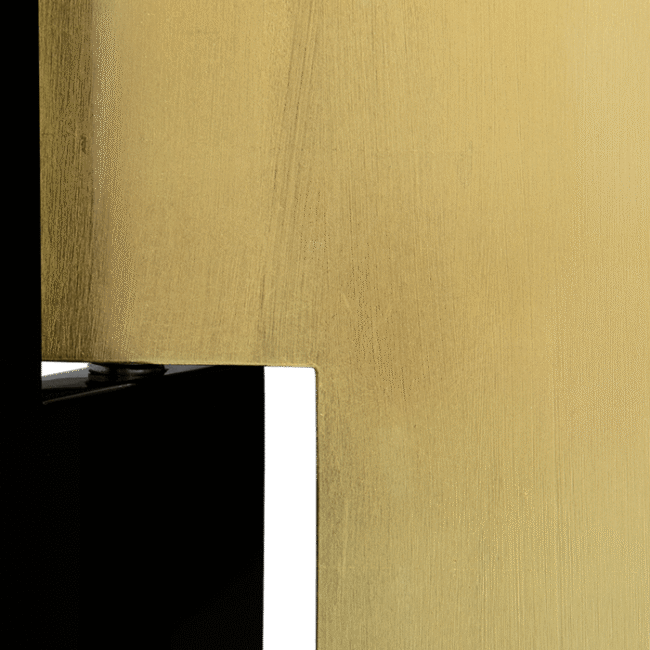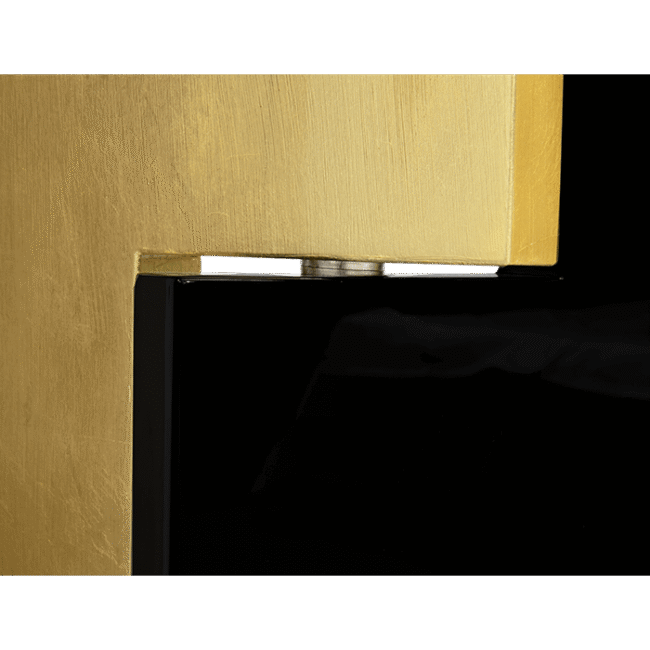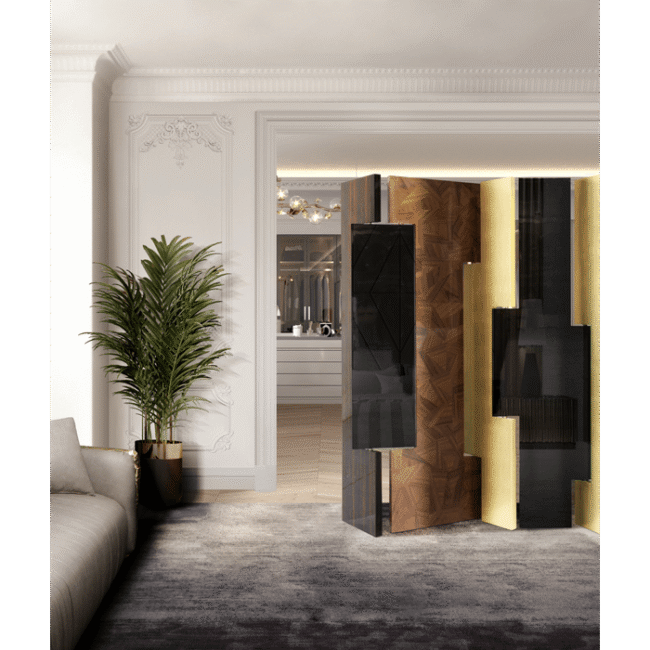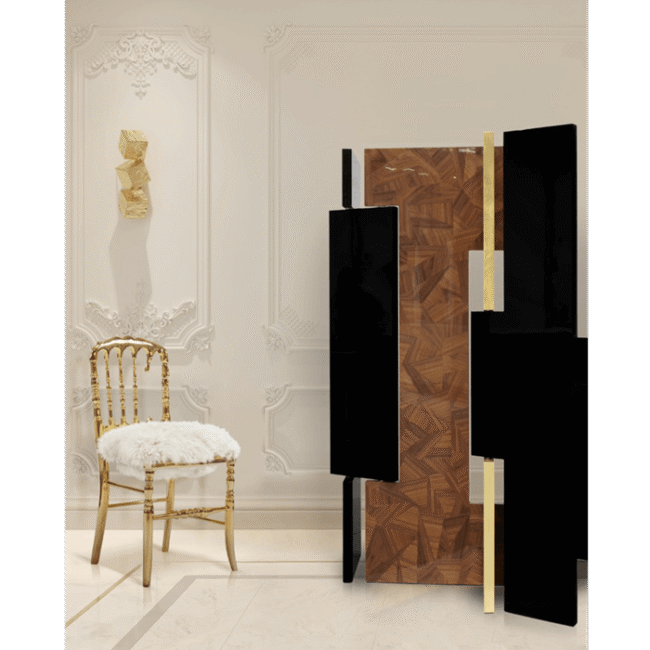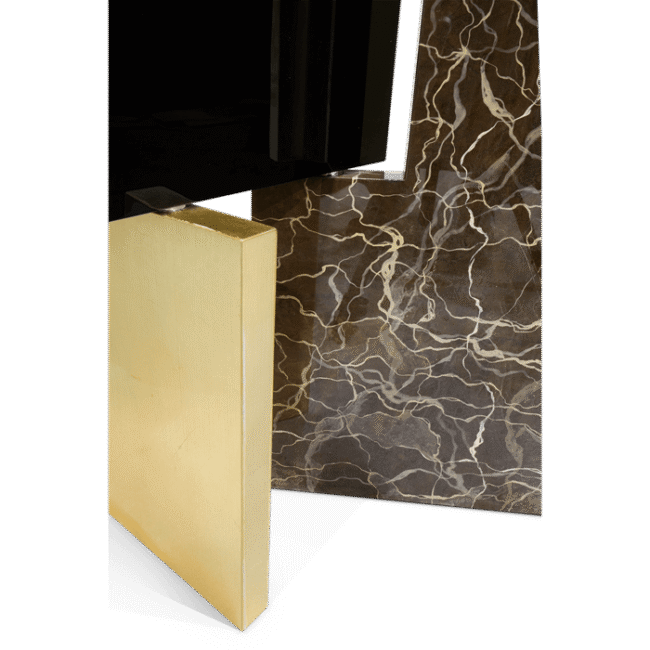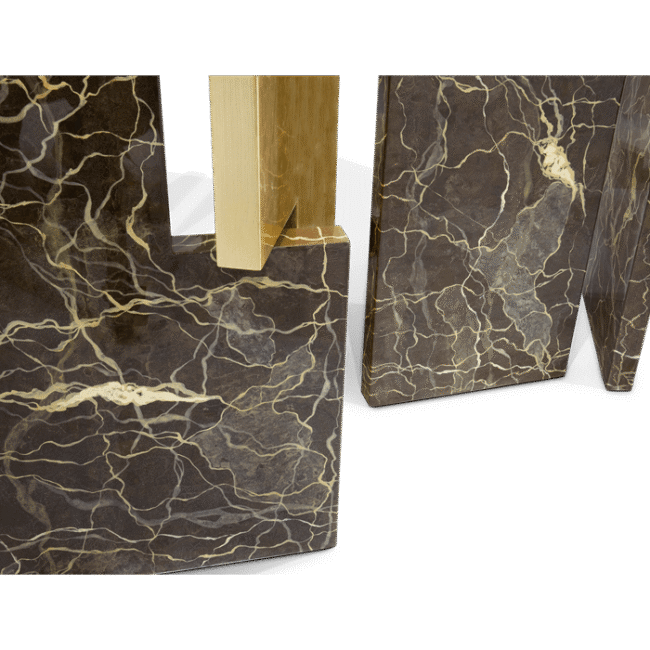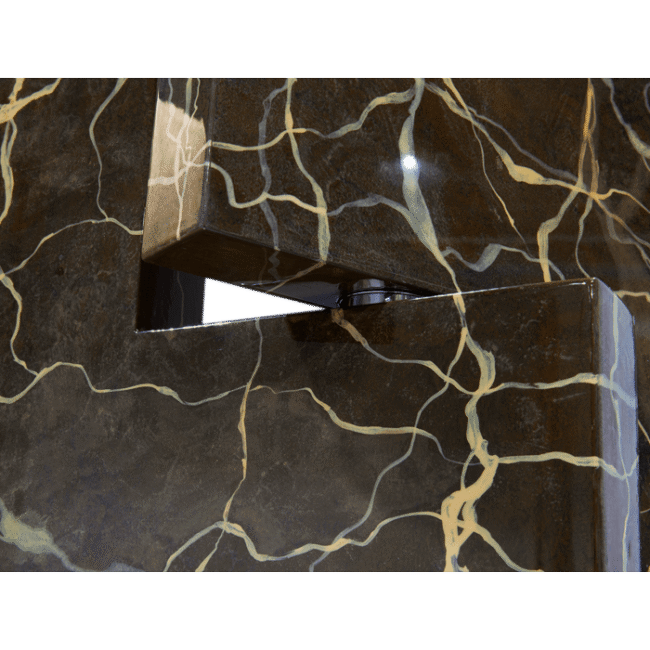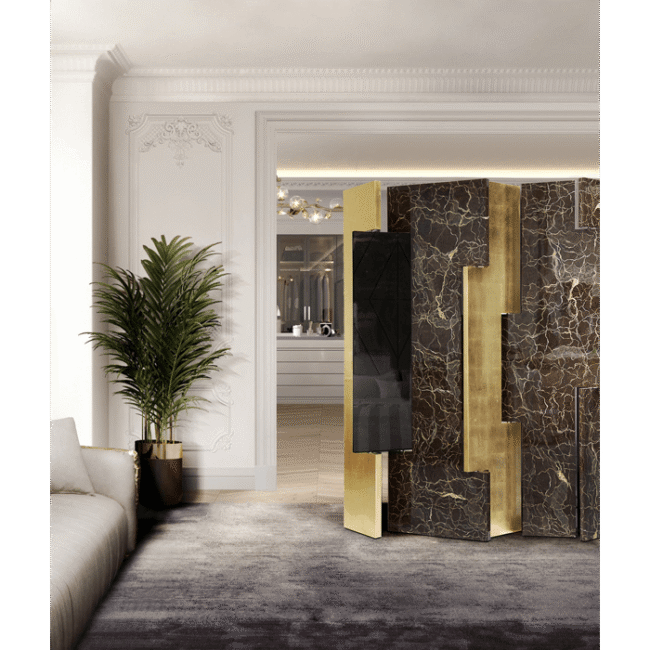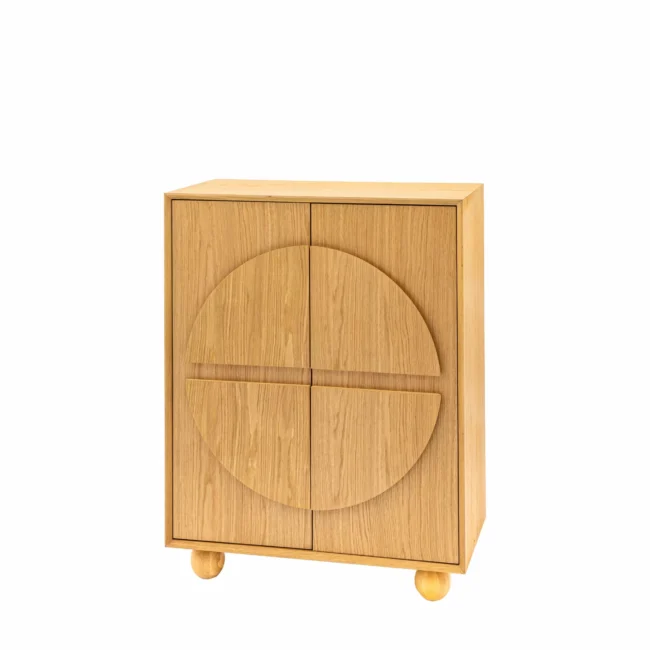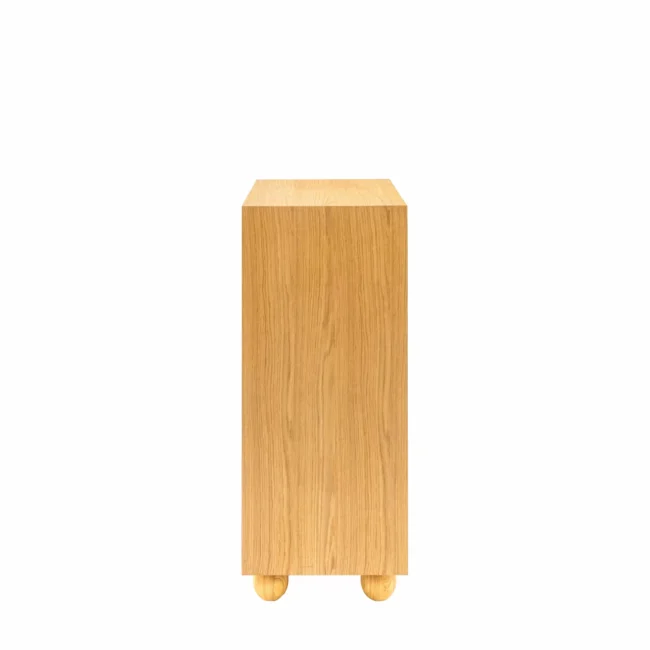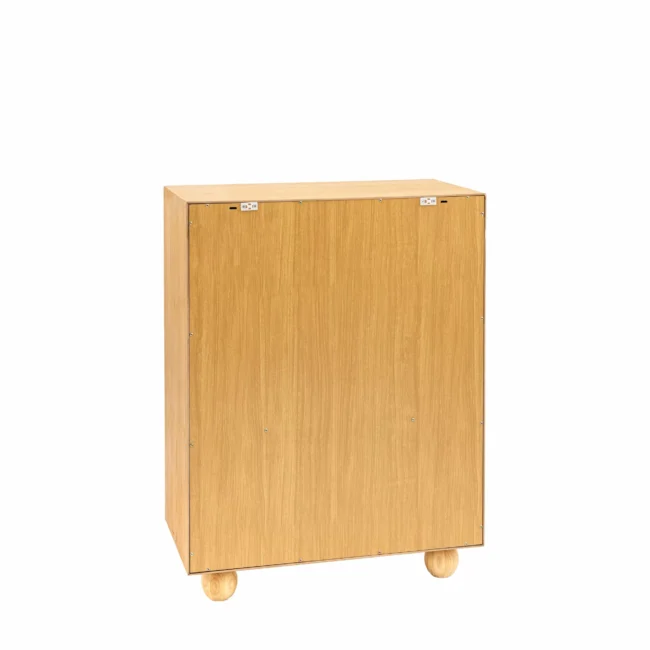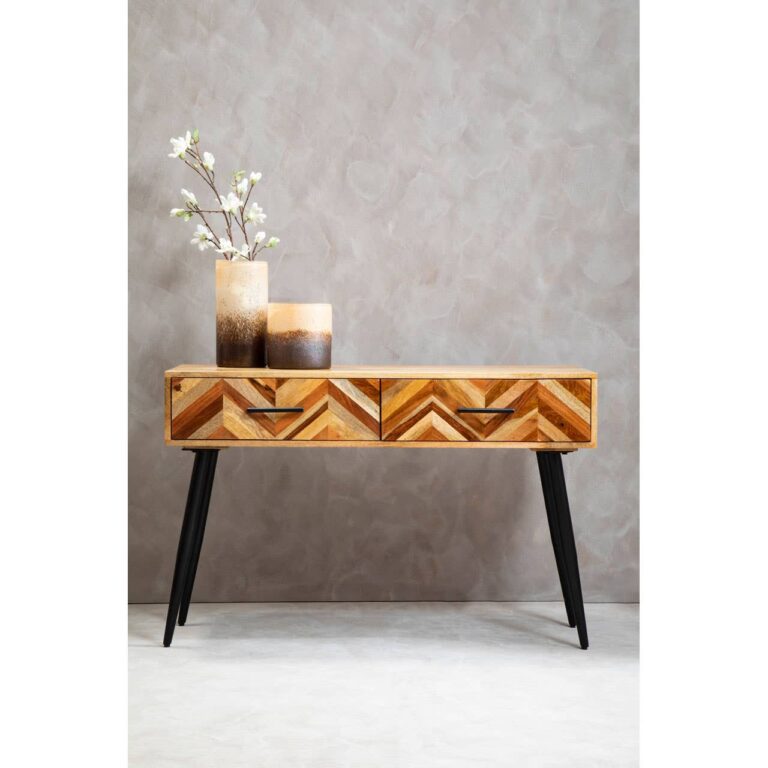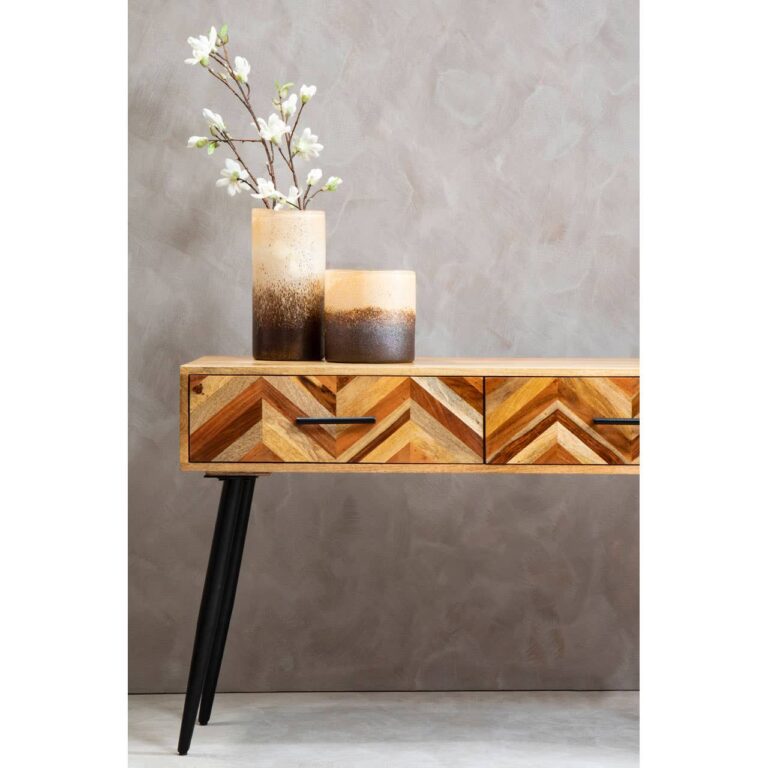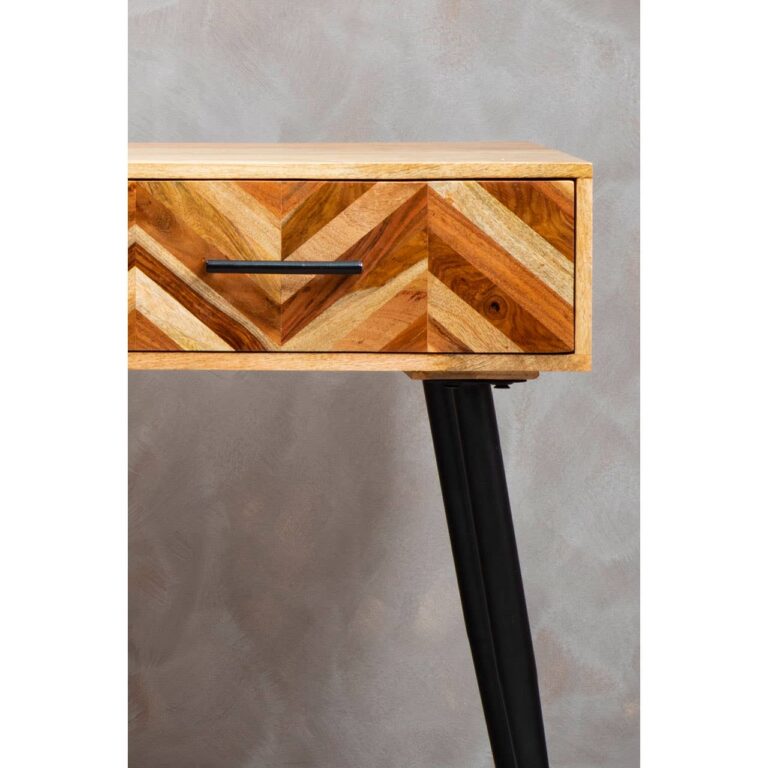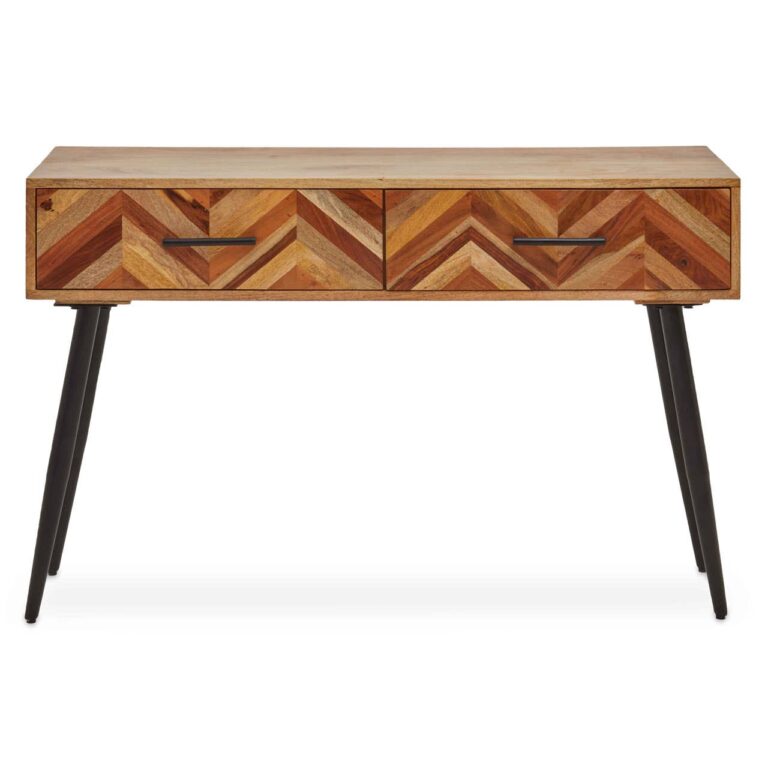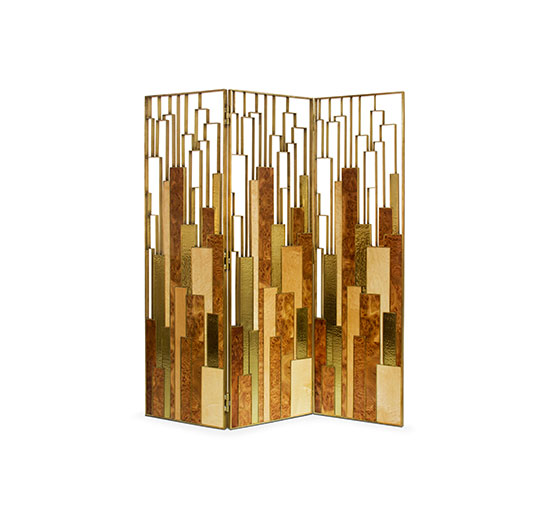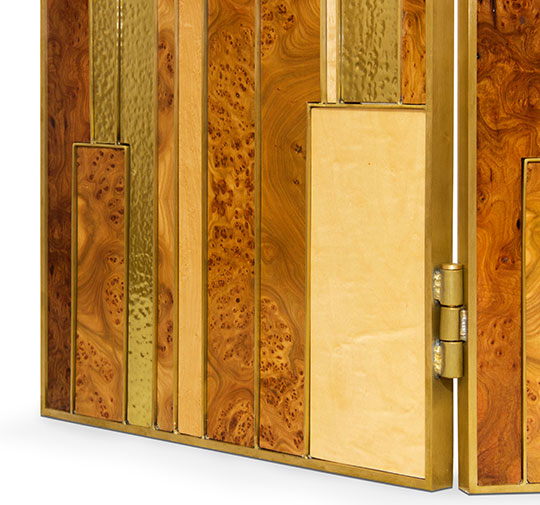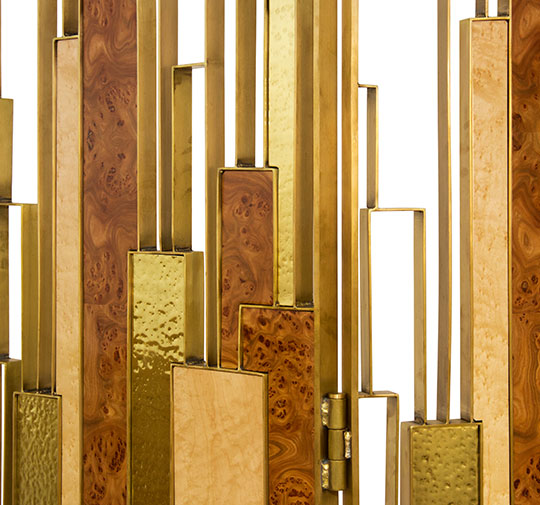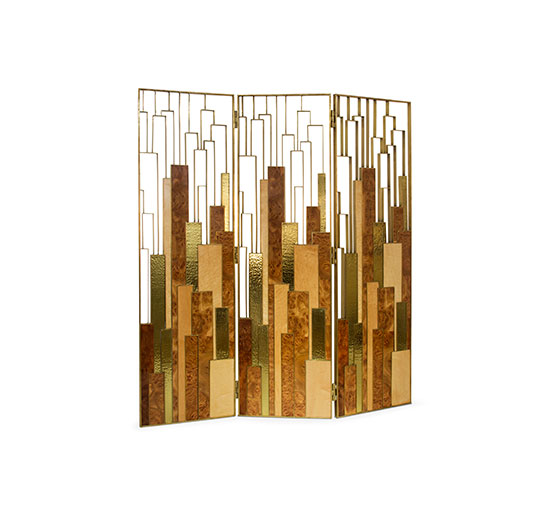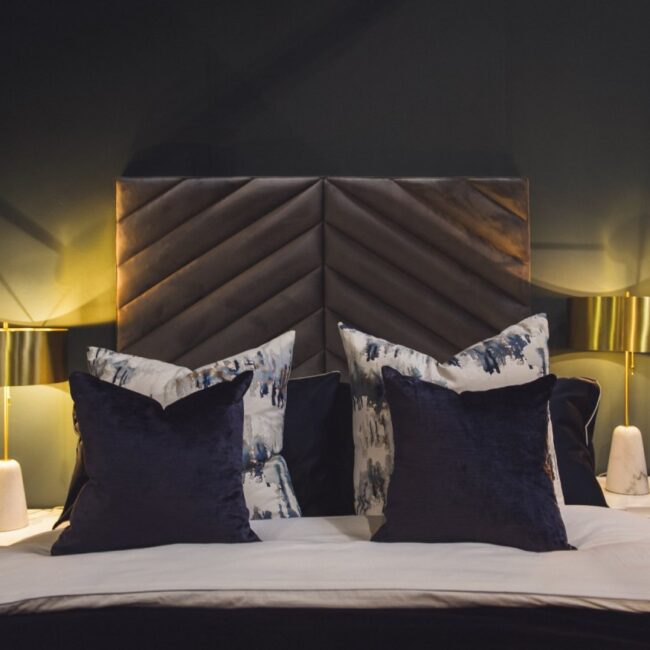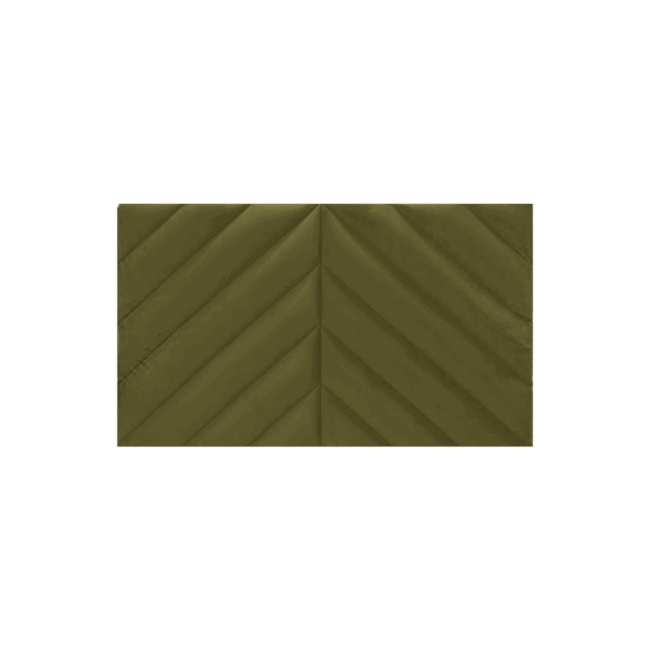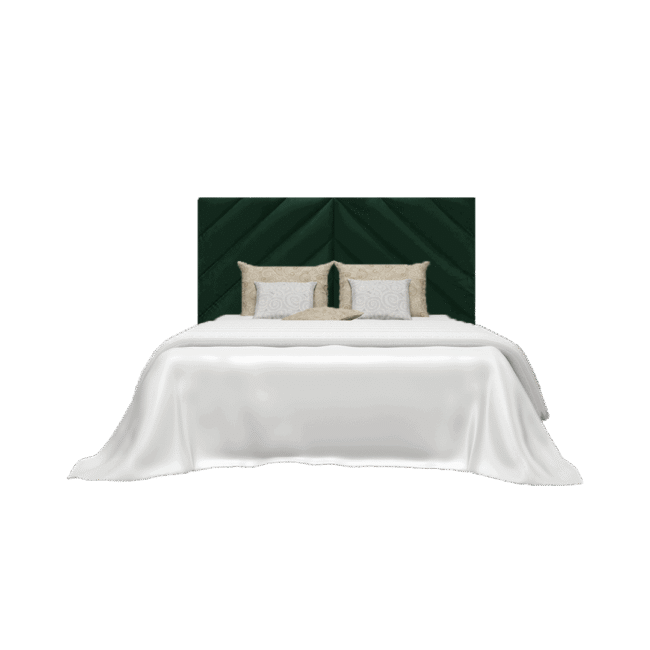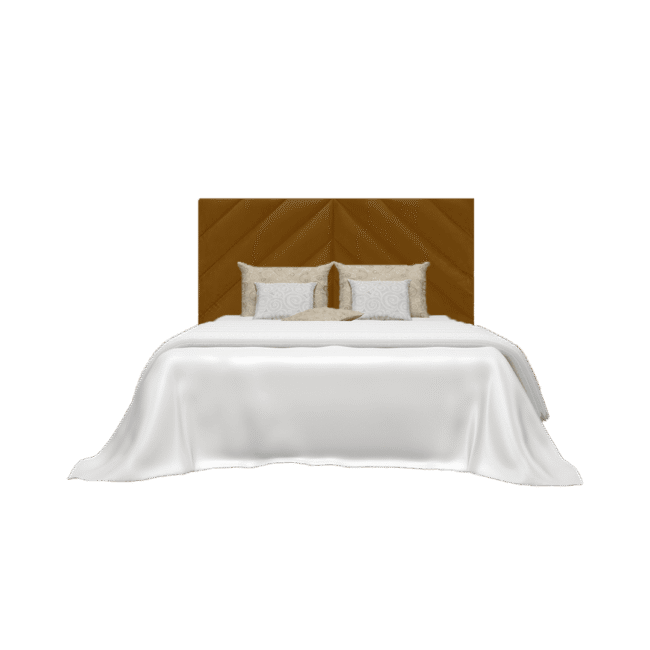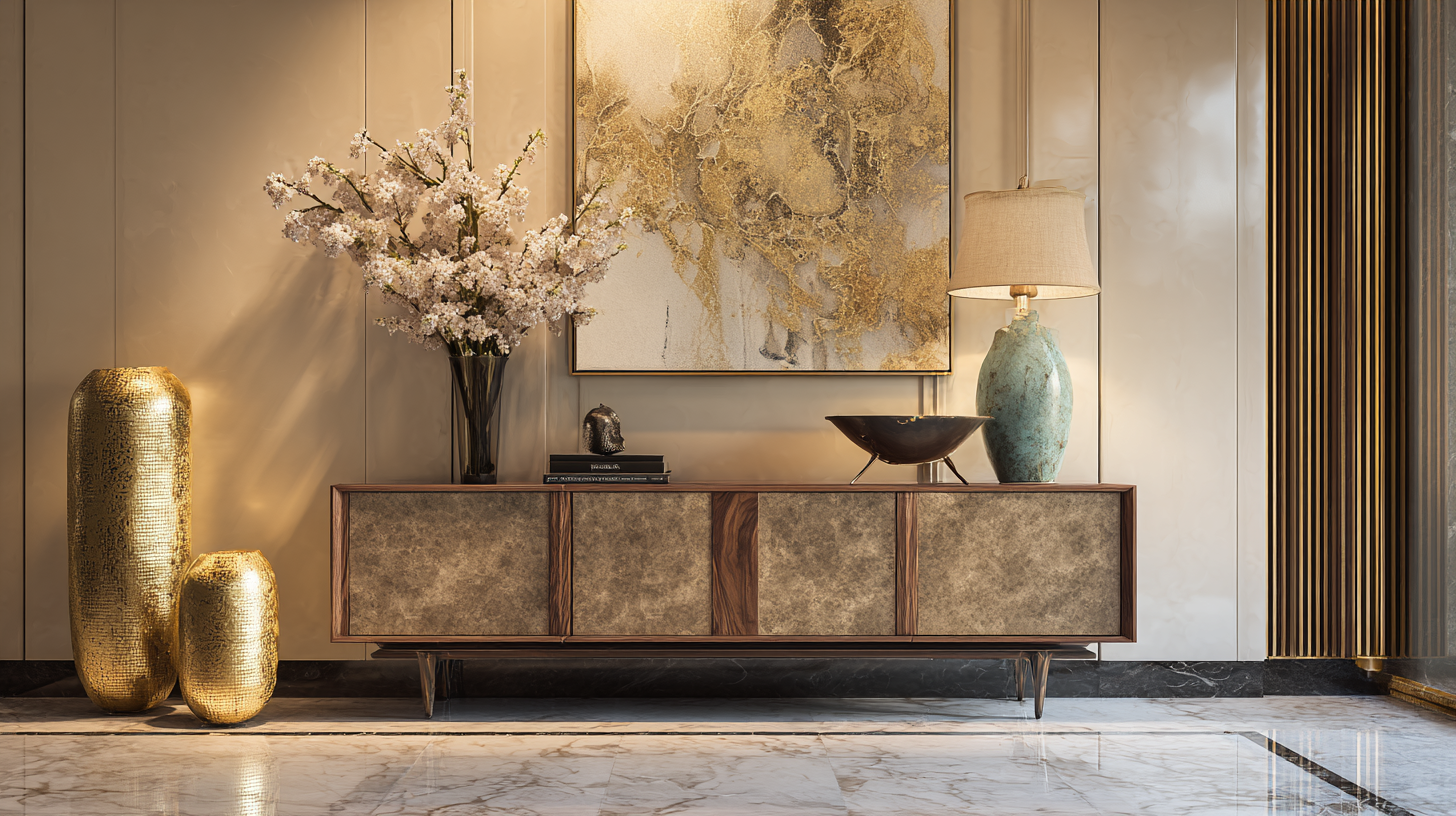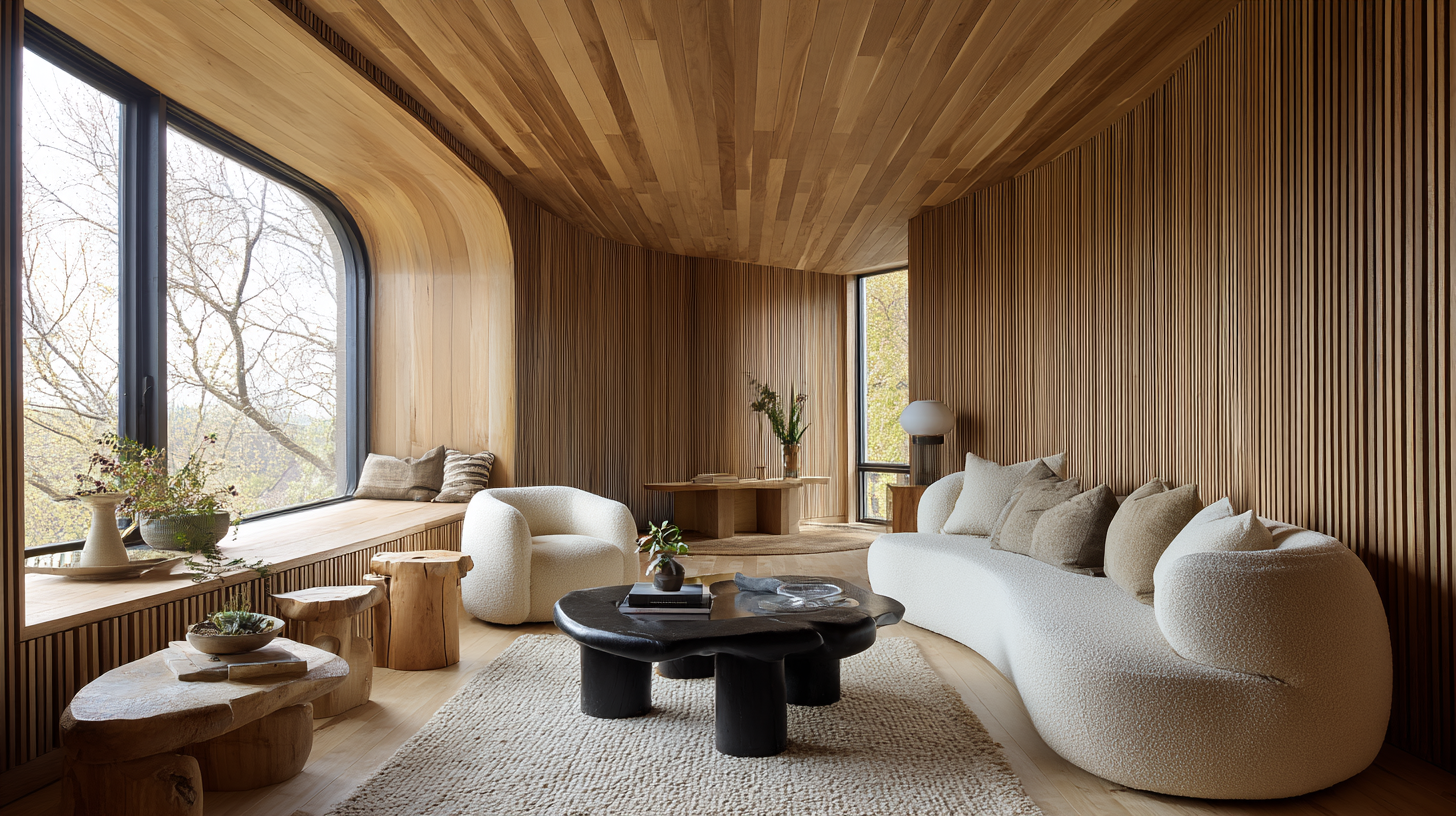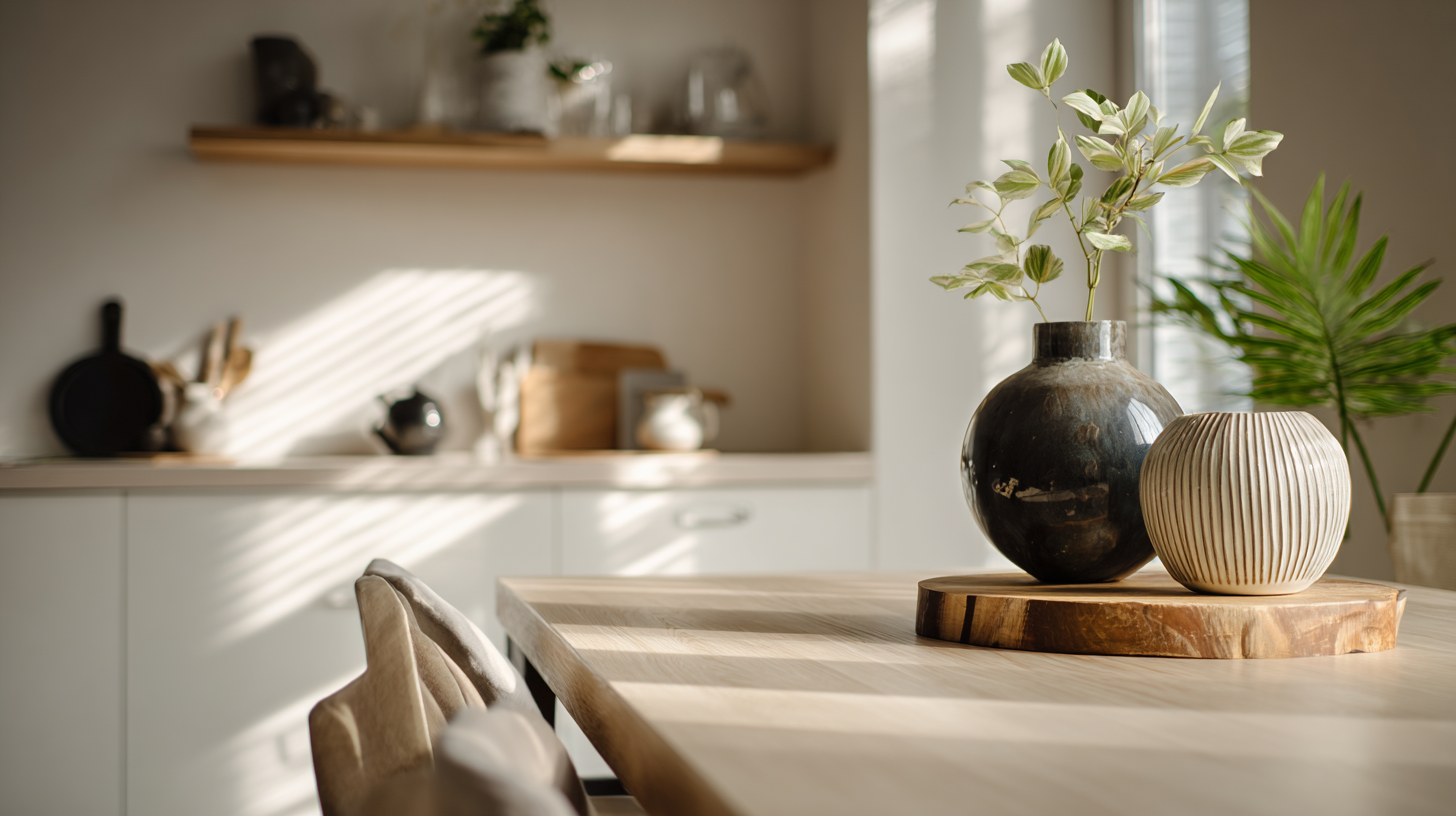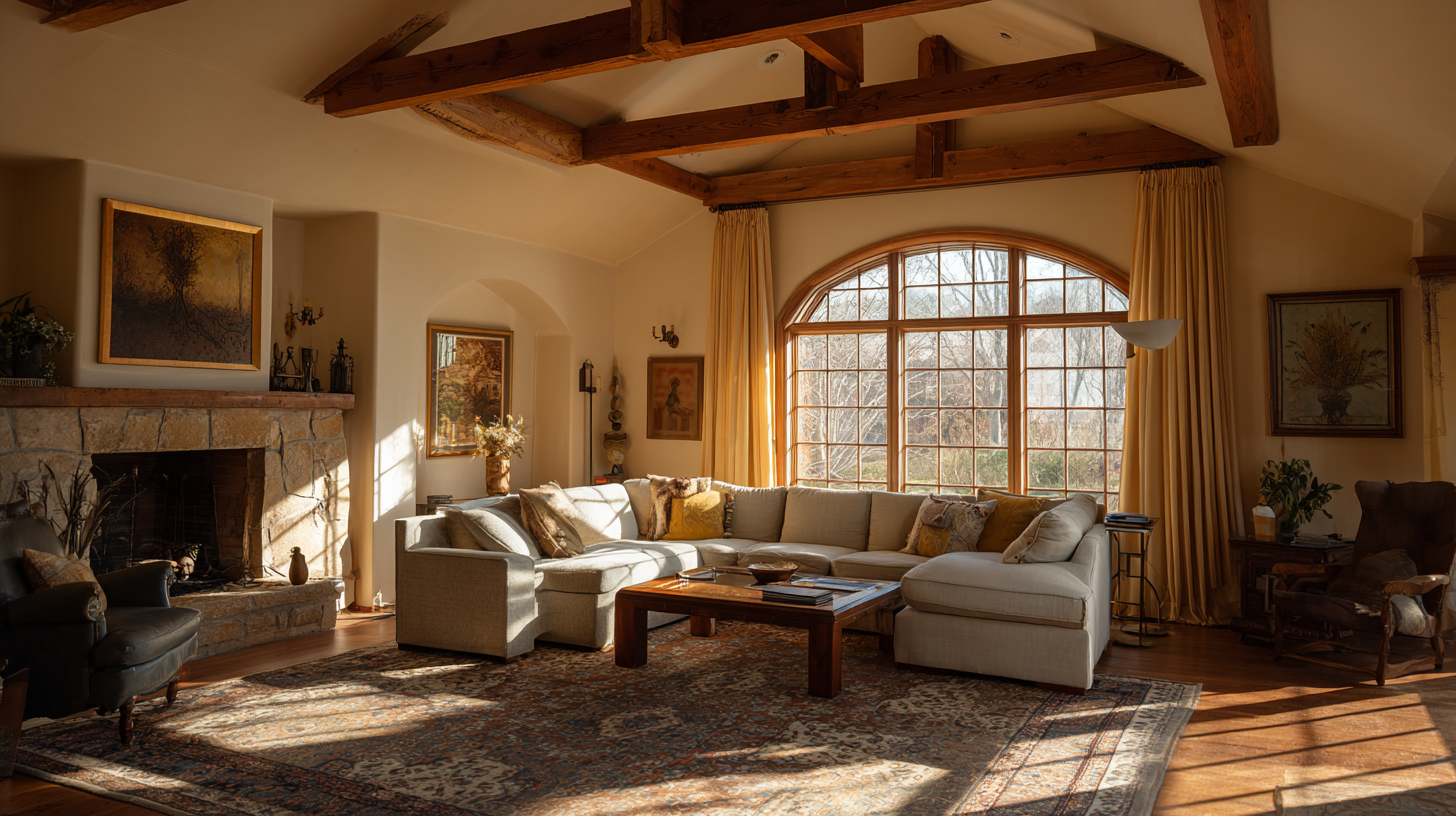Wood paneling has long been a favored element in interior design, offering both functional and aesthetic benefits. Natural wood tones and textures created by wood paneling adds character to any space, infusing it with a rustic, traditional or even modern look. Apart from the visual benefits, this versatile design feature serves as an answer to issues like insulation and soundproofing in interior design. Join us as we delve into what wood paneling is, exploring its various styles and the multitude of ways it can solve common design challenges while significantly impacting the ambiance and value of a space.
Table of Contents
- Understanding Wood Paneling: Meaning and Materials
- Various Styles of Wood Paneling
- Why You Should Consider Wood Paneling
- Practical Considerations In Wood Paneling
-























Avenue Folding Screen
£12,870 Select options This product has multiple variants. The options may be chosen on the product page -







Geoik 2 Door Cupboard
£810 Add to cart -





Ohom Two Drawer Mango Wood Console Table
£348 Read more
Wood Paneling: Meaning and Materials
Wood paneling refers to the installation of wood panels or boards on the interior walls of a building. This design feature has been a staple in architecture for centuries, with various styles available such as tongue and groove, shiplap, beadboard, and board and batten. Wood paneling can cover entire walls or be used as an accent, enhancing the visual interest and character of interior spaces.
Panels can be made from a variety of materials, each chosen for its specific qualities and benefits. Traditional wood panels are crafted from solid wood, such as oak, pine, cedar, or walnut, valued for its natural beauty, durability, and the rich, organic textures it brings to a space. Engineered wood, which includes plywood and MDF (medium-density fiberboard), is another popular choice. These materials offer greater stability, resistance to warping, and a more uniform appearance, making them suitable for modern applications. Composite materials, which combine wood fibers with resins, provide enhanced durability and moisture resistance, ideal for use in areas prone to humidity. The choice of material often depends on factors such as budget, the desired look, and the specific conditions of the installation site.
Various Styles of Wood Paneling
Wood paneling comes in a variety of styles, each offering a unique aesthetic and functional appeal. Here are some of the most popular styles of wood paneling, along with their detailed characteristics:
Geometric Wall Panels
For those who crave a unique and eye-catching design, geometric wall panels are the way to go. These panels come in various shapes, such as hexagons, triangles, or chevrons, adding a touch of modern flair to your space. Geometric panels can be used as an accent wall or as a full wall treatment, depending on the desired impact. Defined by various shapes like hexagons, triangles, or chevrons, these panels inject a modern flair and create a dynamic focal point. The variety extends beyond form – geometric panels come in a plethora of materials like wood, metal, or even textured PVC, allowing you to match them to your design vision.
Geometric wall panels are also a great choice for commercial spaces like restaurants and cafes, where they can establish a trendy and modern aesthetic. To take your design a step further, use color strategically – vibrant geometric panels can be energizing, while monochromatic ones offer a sophisticated touch.
No matter your style preference, there’s a type of wall paneling that can elevate your space. Consider the overall design of your room, the desired atmosphere, and your functional needs when choosing the perfect paneling for your walls. With a variety of materials, textures, and styles available, the possibilities for creating a beautiful and sophisticated space are endless.
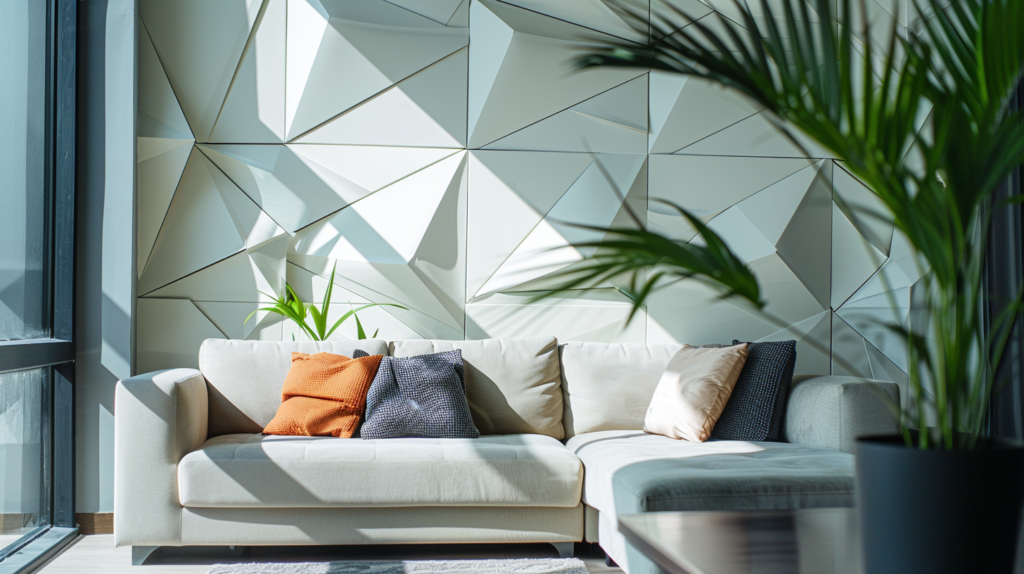
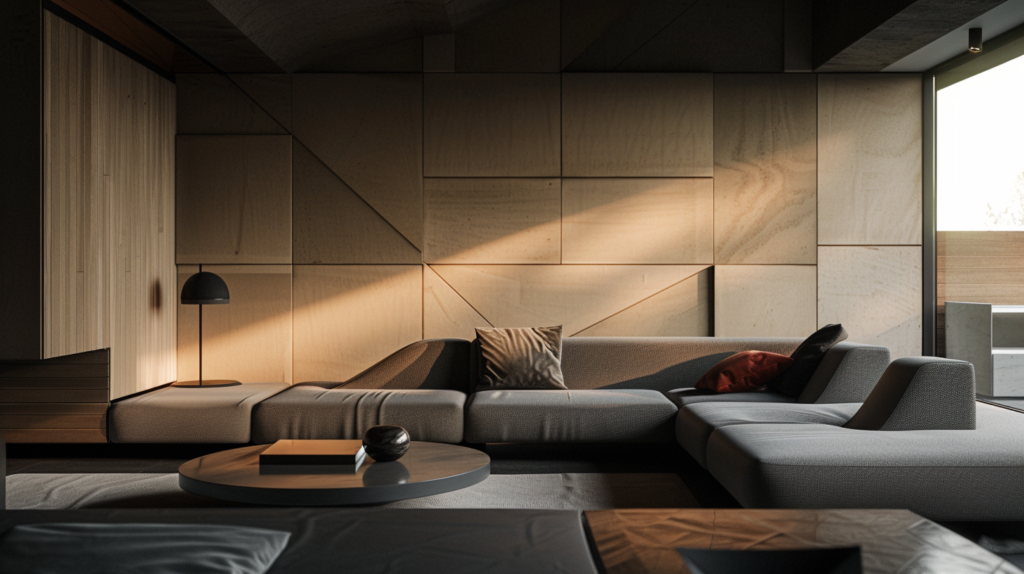
Shaker Wall Panels
Shaker wall panels are a testament to the power of simplicity. They are wall panels, known for their clean lines and square or rectangular raised panels, offer a timeless and versatile option. They work well in a variety of settings, from traditional to modern farmhouses. Shaker panels can be painted in bold colors for a statement wall or kept classic in white or neutral tones for a more understated look. This design flexibility makes them a favorite among homeowners. Whether crafted from wood or MDF, shaker panels cater to different budgets and aesthetics.
Imagine them adding a clean and functional look to kitchens and dining rooms, or a calming and sophisticated feel to bedrooms and hallways. Their practicality extends to mudrooms and laundry rooms, where they can add a touch of timeless style without sacrificing functionality. To achieve a cohesive classic look, consider pairing shaker wall panels with shaker-style cabinets and furniture.

Shiplap Wall Panels
For a touch of cozy charm, shiplap wall panels are a perfect choice. These horizontal boards with a slight gap between them create a rustic yet inviting feel. Shiplap panels work beautifully in bedrooms, bathrooms, or living rooms. They are ideal for bedrooms and bathrooms where a calming and inviting atmosphere is desired. Living rooms and family rooms adorned with shiplap exude a relaxed, rustic feel, while sunrooms and patios outfitted with these panels seamlessly blend indoor and outdoor aesthetics. The beauty of shiplap lies in its versatility, and its inherent warmth infuses a sense of cosy comfort and casual sophistication, adding a sense of casual sophistication.
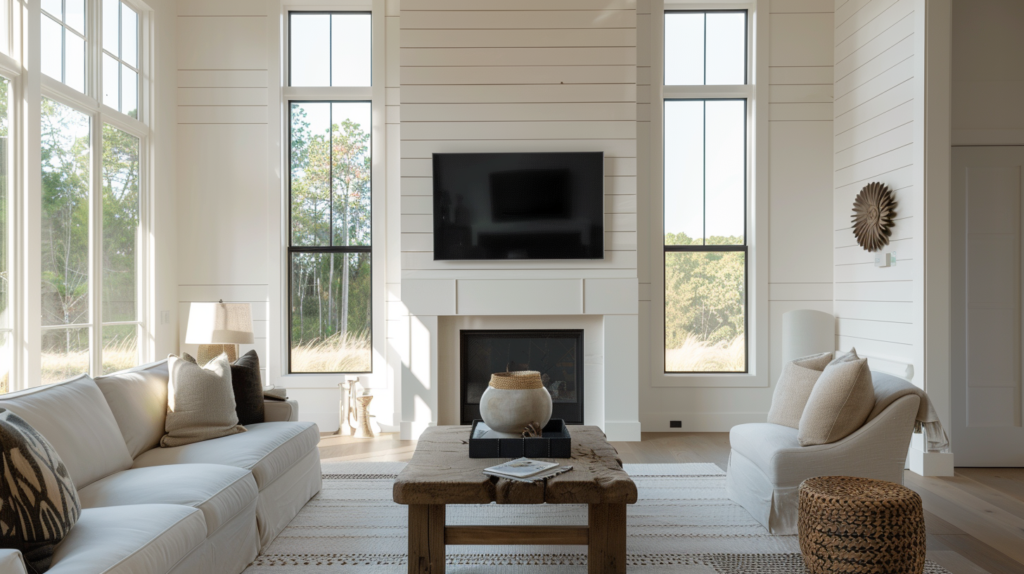
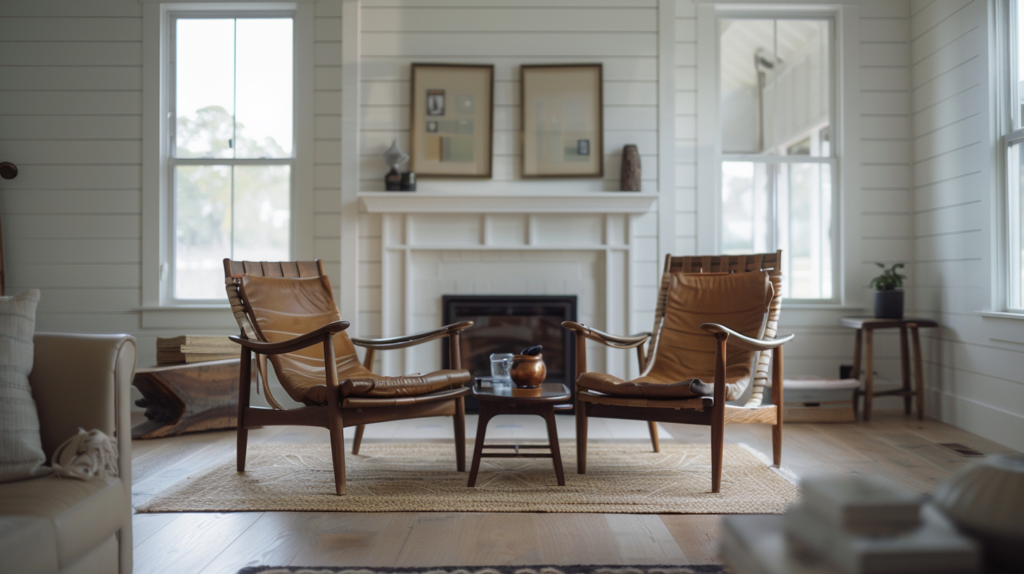
Slatted Wall Panels
Slatted wall panels transcend mere minimalism. These panels, featuring thin wooden strips spaced with precision, create a clean and linear aesthetic. They come in various widths and depths, offering design flexibility. Slatted panels can be installed horizontally or vertically, allowing you to play with the visual flow of the space. Horizontal placement creates a sense of expansive width, while vertical slats draw the eye upwards, making a room feel taller. Slatted panels are perfect for modern and minimalist spaces, adding a touch of dimension without overwhelming the room. Consider incorporating them in entryways and hallways to create a sense of movement and guide the eye. Behind media consoles or bookshelves, they offer a sleek, integrated look. To elevate the design further, consider installing LED lighting behind the slats for a dramatic, contemporary effect. They’re also a great way to conceal storage solutions behind a stylish facade
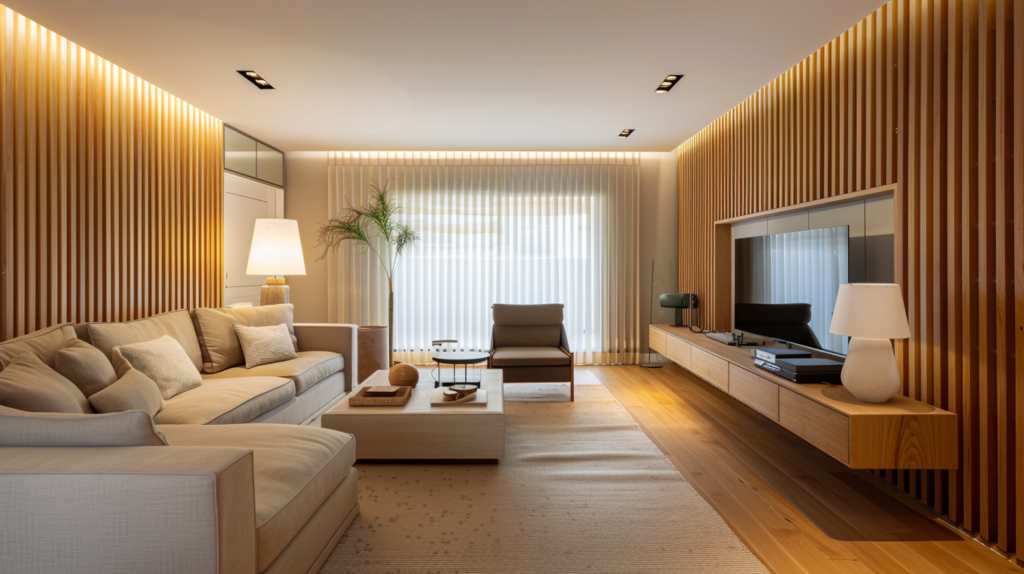
Victorian Wall Panels
Victorian wall panels evoke a sense of grandeur and sophistication. Characterized by raised panels with decorative moldings and details, they bring a touch of old-world charm to your home. Victorian panels are ideal for living rooms, dining rooms, or entryways where you want to create a formal and elegant atmosphere – Victorian panels are available in a variety of wood types and finishes, allowing you to tailor them to your specific design vision. Imagine them gracing your living room or dining room, creating a formal and elegant atmosphere. They lend a touch of timeless authority to home offices and a scholarly ambiance to libraries and studies. To complete the Victorian aesthetic, pair these panels with rich textiles and antique furniture.


Why You Should Consider Wood Paneling
One of the primary benefits of wood paneling is its aesthetic appeal. As previously stated, wood tones add a natural warmth and richness to a room, creating a cozy and inviting atmosphere. It can also be stained or painted to match the desired look of the space, offering a high degree of customization and flexibility.
Functionally, wood paneling is highly durable and resistant to wear and tear. It protects walls from dents, scratches, and other damages, making it an excellent choice for high-traffic areas such as hallways and family rooms. Furthermore, wood has natural insulating properties that contribute to better thermal and acoustic insulation. This helps maintain a consistent indoor temperature, reducing energy costs, and provides soundproofing benefits by dampening noise levels. Wood paneling is also effective at concealing imperfections on walls, such as cracks, dents, and uneven surfaces, making it a practical solution for older buildings where walls may not be perfectly smooth.
The versatility of wood paneling is another significant advantage. It can be used in various applications, including full wall installations, wainscoting, ceilings, and as accent features. This adaptability allows for creative design possibilities that can highlight architectural details or create focal points within a room. Additionally, wood paneling can complement other design elements such as exposed beams, hardwood floors, and stone fireplaces, adding depth to the overall interior design.
High-quality wood paneling can also enhance the perceived value of a property. It is often seen as a premium feature that adds character and sophistication to a home, making it more attractive to potential buyers. Unlike some trendy design elements that can quickly become dated, wood paneling has a timeless quality that ensures it remains stylish and relevant over the years, making it a wise investment for homeowners.
-





DELPHI SCREEN
£26,071 Add to cart -

GARRETT BOOKCASE
£9,428 Add to cart -

























Rose Double Headboard
£568 Select options This product has multiple variants. The options may be chosen on the product page
Practical Considerations In Wood Paneling
When considering wood paneling for your space, several factors come into play to ensure the best results both aesthetically and functionally.
Firstly, think about the type of wood and style. The material choice—whether solid wood, engineered wood, MDF, or composite—depends on your budget, desired aesthetic, and functional needs. Each material has its advantages and disadvantages regarding cost, durability, and maintenance.
Solid wood is generally more durable than MDF and other composites, but it can also be more susceptible to moisture and temperature changes. As a result, solid wood might need periodic refinishing, whereas engineered wood and composites often require less upkeep.
Installation and finish are practical factors. The ease of installation varies with different styles; shiplap and tongue and groove are often easier for DIY projects, while others might require professional installation. Decide whether you prefer a natural wood finish, stained wood, or painted panels. The finish should enhance the room’s decor and contribute to the desired ambiance. Natural and stained finishes showcase the wood’s grain and texture, while painted finishes can add color and a modern look. The texture and grain of the wood also affect the room’s aesthetic; smooth, fine-grained woods offer a sleek and modern look, while rough, coarse-grained woods provide a rustic or traditional feel.
Cost and budget are always crucial. Determine your budget for the project, considering both the initial installation costs and potential long-term maintenance expenses. High-quality wood paneling can increase the aesthetic and monetary value of your property, making it a worthwhile investment. Weighing these costs against the value addition is important for making an informed decision.
Environmental impact is another consideration. If sustainability is important to you, choose wood sourced from sustainably managed forests, and look for certifications like FSC (Forest Stewardship Council) to ensure the wood is eco-friendly. Additionally, consider the VOC (volatile organic compounds) emissions of the materials. Opt for low-VOC finishes and adhesives to ensure better indoor air quality.
Lastly, seeking professional advice can be beneficial. Consulting with an interior designer or a professional installer can provide expert insights into the best materials, styles, and installation techniques for your specific space and needs. This step ensures that your wood paneling project enhances the beauty, functionality, and value of your space, creating a stylish and comfortable environment tailored to your preferences.
Wood paneling remains a timeless and versatile element in interior design, offering a multitude of styles and applications to enhance various rooms in a home. From the cozy warmth of shiplap in a living room to the sophisticated elegance of raised panels in a dining room, wood paneling can transform spaces with its natural beauty and functional benefits. Its ability to add texture, durability, and insulation, combined with its adaptability to different design aesthetics, makes it a smart choice for homeowners seeking to create inviting and stylish environments. Whether used as a focal point, an accent feature, or a practical solution to cover imperfections, wood paneling continues to be a valuable and appealing addition to any interior space. As trends come and go, the enduring charm and versatility of wood paneling ensure it remains a beloved and practical option for enhancing the character and value of a home.








